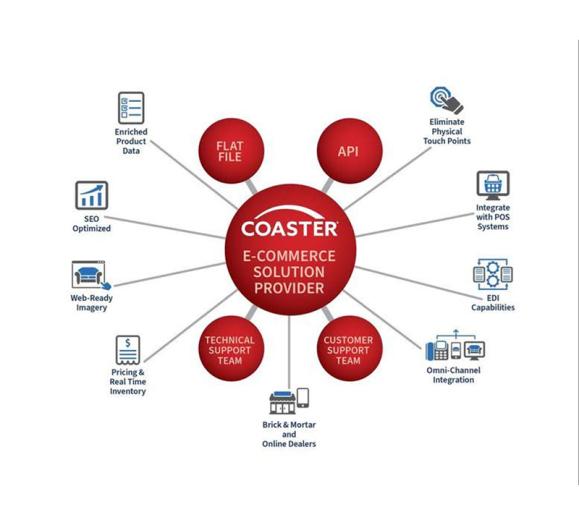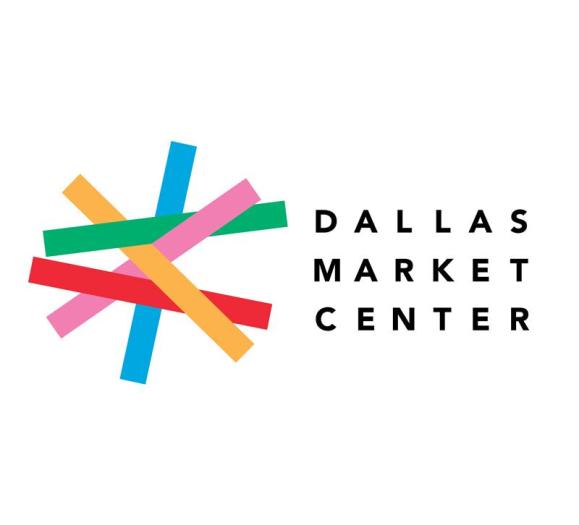According to a recent Salesforce retail survey, loyalty is a brand differentiator, and retailers are exploring ways to drive up the lifetime value of customers. As the retail landscape continues to encompass more touch points and new retailers come on board, particularly online, established retailers are tasked with finding and using tools that will keep customers engaged both in store and digitally.
According to the survey, which polled more than 2,500 retailers and consumers, respondents noted that incentives such as free shipping (75 percent), simple and/or free returns (60 percent), and loyalty or rewards programs (56 percent) increased the likelihood of a customer purchase. For more from this survey, visit salesforce.com.
Of the 1,500+ consumers surveyed, loyalty programs topped the list of perks that keep them coming back to a particular retailer. Shoppers are also seeking engagements tailored to their needs, such as exclusive shopping experiences, early access to products and sustainability.
The consumers polled belonged to approximately four loyalty programs each. Points-based programs were the most popular — where shoppers earn points for purchases toward future discounts. However, for younger consumers, Millennials and Gen Z, experiential programs that create an authentic connection, such as exclusive access to limited products and experiences, were also important. These generations are twice as likely to embrace these “loyalty experiences” as Baby Boomers and older generations. They are also more likely to belong to fee-based loyalty programs, such as Amazon Prime.
According to the Salesforce survey, many shoppers want rewards for engaging and promoting a brand or retailer too. From downloading an app (57 percent) to writing a review (47 percent) to sharing a brand or retailer on social media (31 percent), consumers are willing to promote retailers in exchage for rewards where they’ve had a good experience.
To get rewards at their favorite retail establishments, consumers are also willing to provide personal information, such as birthdays (67 percent), phone numbers for texts (51 percent), lifestyle preferences (42 percent) and social media information (22 percent).
Implementing loyalty initiatives
The Salesforce survey data suggests that retailers have an opportunity to evolve loyalty programs as consumers embrace these efforts to earn rewards for their patronage. To develop an effective loyalty program, doing your research pays off.
1. KNOW YOUR CUSTOMER
Creating a loyalty program without first understanding your core customer and what rewards would resonate with them may not give you the repeat business you envision.
Understand your customer’s current level of satisfaction through surveys, interviews and monitoring customer feedback. Identify the employees that will be good with customers and willing to participate in these programs. Target customers who buy from you frequently but could be more profitable. Understanding these parameters goes a long way to developing a loyalty program that will benefit you and your customers.
2. SET GOALS AND MEASURE
Set goals for your loyalty programs before you implement them. For example, if a customer buys from your store three times a year on average, set a goal of 3.3 times a year, increasing sales by approximately 10 percent. You can manage your goals via a CRM (customer relationship management) platform, such as Salesforce. Set a budget for managing customer retention and a separate budget for bringing in new customers. Reassess your budget periodically to ensure it’s on point with your goals for customer loyalty.
3. TARGET SELECT CUSTOMERS
Categorize your customers based on several evaluation criteria to determine which loyalty programs will work best for them. Parameters such as volume of purchases, ability to purchase more, customer profitability and loyalty over time are some of the criteria to consider.
4. CHOOSE PROGRAMS THAT RESONATE
You want your loyalty initiatives to be related to customer purchases, but you also want to ensure you are building quality relationships.
Whether it’s birthday discounts, points that earn free or discounted products, influencer incentives or other rewards, understanding your customers’ needs and tailoring your loyalty programs to give them a personalized experience is key to your relationship-building and return customer success.







